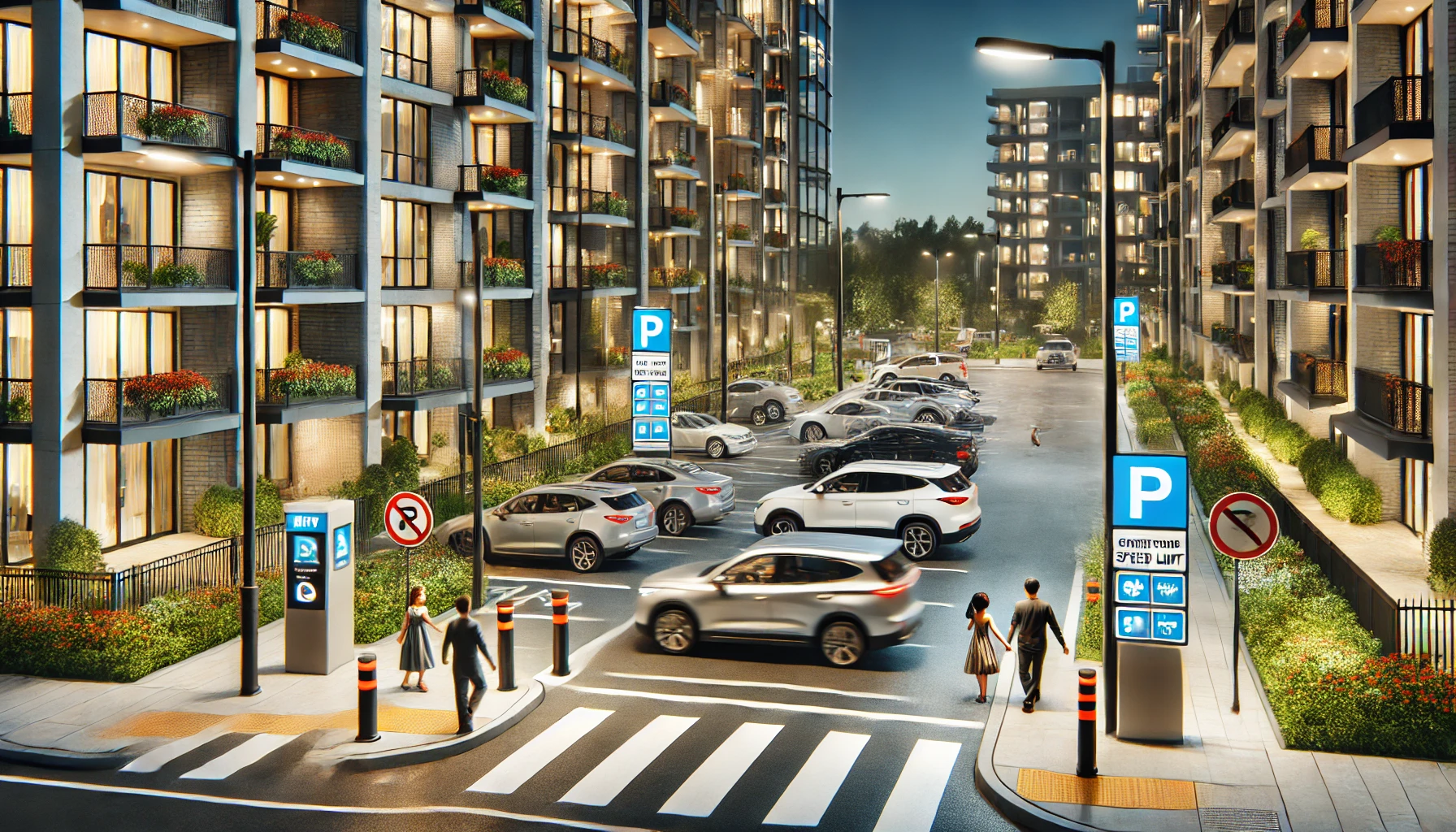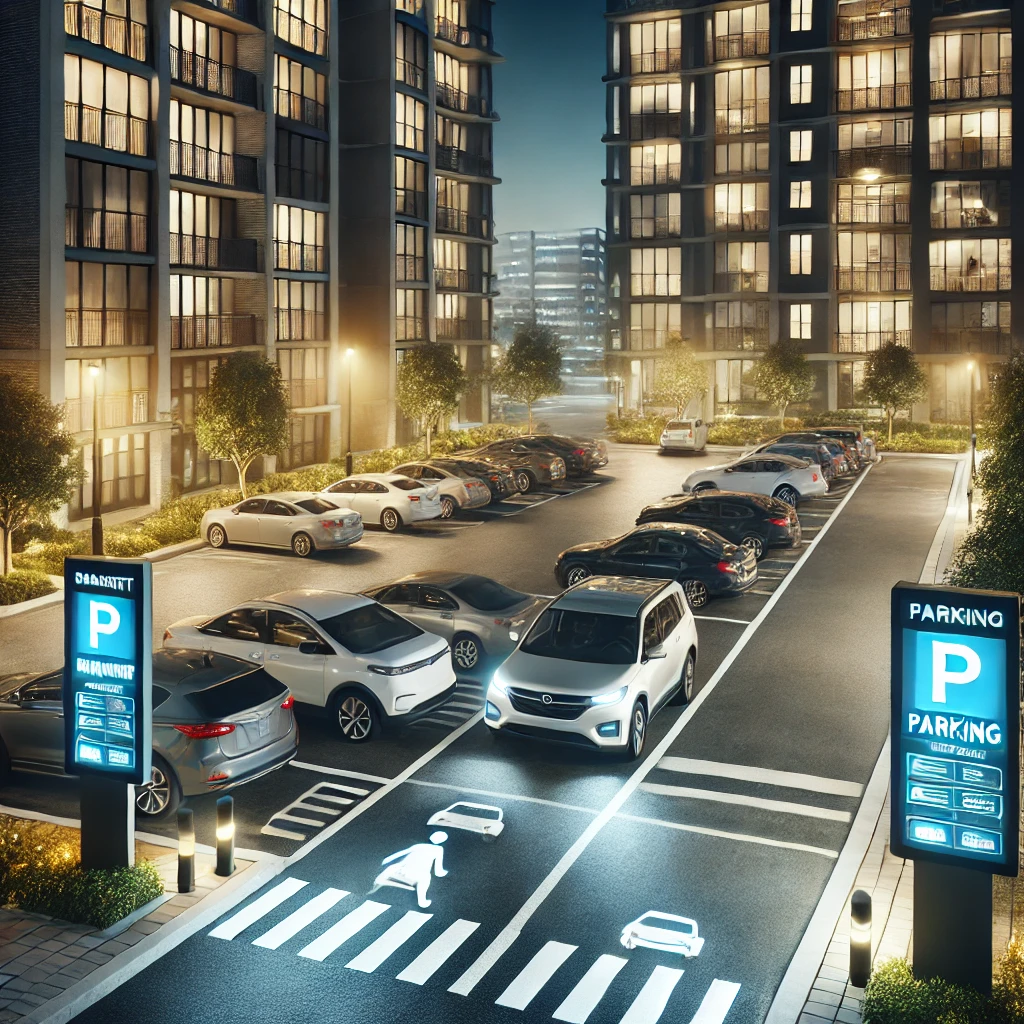Creating Safe Spaces: The Importance of Parking Premises in Preventing Accidents at Apartment Complexes

Accidents in parking lots are a common issue in urban living, especially around apartment complexes where foot traffic and vehicle movement intersect. These spaces often serve as the first impression of a residential community and are integral to residents' safety. Poorly designed parking facilities can lead to unfortunate incidents, making it crucial to prioritize effective design and safety measures. This blog explores the importance of well-planned parking premises in preventing accidents and fostering a safer living environment for all.
The Statistics Behind Parking Lot Accidents
According to www.lawyersforinjuryclaims.com, parking lots account for a significant portion of vehicular accidents, with studies showing that around 20% of car accidents occur in these areas. Common causes include driver distraction, poor visibility, and inadequate signage. According to the National Safety Council, an estimated 50,000 accidents happen annually in parking lots, resulting in injuries and fatalities. These alarming statistics highlight the need for apartment complexes to take parking safety seriously.
In apartment complexes, the risks multiply due to the constant flow of residents, visitors, and delivery vehicles. Pedestrian safety is often compromised by poorly marked walkways and blind spots created by parked cars. Moreover, many residents may be unfamiliar with the layout of new communities, increasing the chances of accidents. Therefore, understanding these statistics is essential for developers and property managers who aim to create a safe living environment
Designing Safe Parking Facilities
To enhance safety in parking facilities, apartment complexes must prioritize effective design elements. Proper lighting is one of the most critical factors; well-lit parking areas significantly reduce the likelihood of accidents and deter criminal activity. Additionally, clear signage indicating speed limits, pedestrian crossings, and parking rules helps guide drivers and pedestrians alike, minimizing confusion and enhancing safety.
Another essential aspect of parking facility design is the layout. Ensuring that parking spaces are adequately sized and appropriately angled can improve visibility for drivers. Developers should consider incorporating designated pedestrian pathways that separate foot traffic from vehicles, further reducing the risk of accidents. By implementing these design principles, apartment complexes can create parking areas that prioritize safety for all users.
The Role of Technology in Enhancing Parking Safety
Technological advancements play a vital role in improving safety in parking facilities. Monitoring systems can discourage unlawful behavior and offer crucial documentation if an incident occurs. Additionally, smart parking systems can guide drivers to available spaces, reducing the time spent maneuvering through crowded lots and minimizing the risk of collisions.
Furthermore, technology can enhance communication between residents and property management. Mobile apps can provide real-time updates about parking availability and alert residents about safety concerns. By embracing these technological solutions, apartment complexes can create a safer environment and foster a sense of community among residents.
Additionally, implementing license plate recognition technology can enhance security by tracking vehicle entry and exit, allowing for better monitoring of who is accessing the premises. This advanced system not only helps prevent unauthorized access but also aids in quickly resolving disputes related to parking violations or accidents. By embracing these technological solutions, apartment complexes can create a safer environment and foster a sense of community among residents.
Community Involvement and Safety Aware
Creating safe parking premises is not solely the responsibility of developers; community involvement is equally essential. Residents can play a significant role in promoting parking safety through initiatives such as neighborhood watch programs or feedback forums. Encouraging residents to report safety concerns or suggest improvements fosters a collaborative approach to maintaining a secure living environment.
In addition to community involvement, education and awareness campaigns can significantly impact parking safety. Property management should regularly inform residents about safe parking practices, such as yielding to pedestrians and following designated pathways. Workshops or informational sessions can further enhance residents' understanding of the importance of parking safety, ultimately contributing to a culture of accountability and vigilance within the community.
Case Studies of Successful Parking Safety Initiatives
Several apartment complexes have successfully implemented safety measures in their parking areas, demonstrating the effectiveness of proactive strategies. For example, a residential community in Chicago introduced a combination of enhanced lighting, clearly marked pedestrian walkways, and an accessible reporting system for safety concerns. As a result, the complex reported a 30% reduction in parking lot accidents over the following year, showcasing the positive impact of thoughtful design and community engagement.
Another case study from a Los Angeles apartment complex illustrates the role of technology in promoting parking safety. By installing surveillance cameras and implementing a smart parking app, the complex was able to monitor activity and provide real-time updates to residents. This initiative not only improved safety but also fostered a sense of security among residents, leading to increased satisfaction with their living environment. These examples highlight that with the right approach, apartment complexes can significantly reduce the risk of accidents in their parking areas.

Conclusion
In conclusion, creating safe parking premises is essential for preventing accidents in apartment complexes. By understanding the statistics behind parking lot incidents, prioritizing effective design, leveraging technology, and involving the community, property managers can foster a safer living environment for residents. As urban living continues to grow, the emphasis on safety in parking facilities must remain a priority. It is crucial for apartment developers and managers to recognize their role in protecting residents and visitors alike, ultimately contributing to a positive and secure community atmosphere. Investing in thoughtful parking design and safety measures not only enhances the quality of life for residents but also builds a strong foundation for a thriving community.